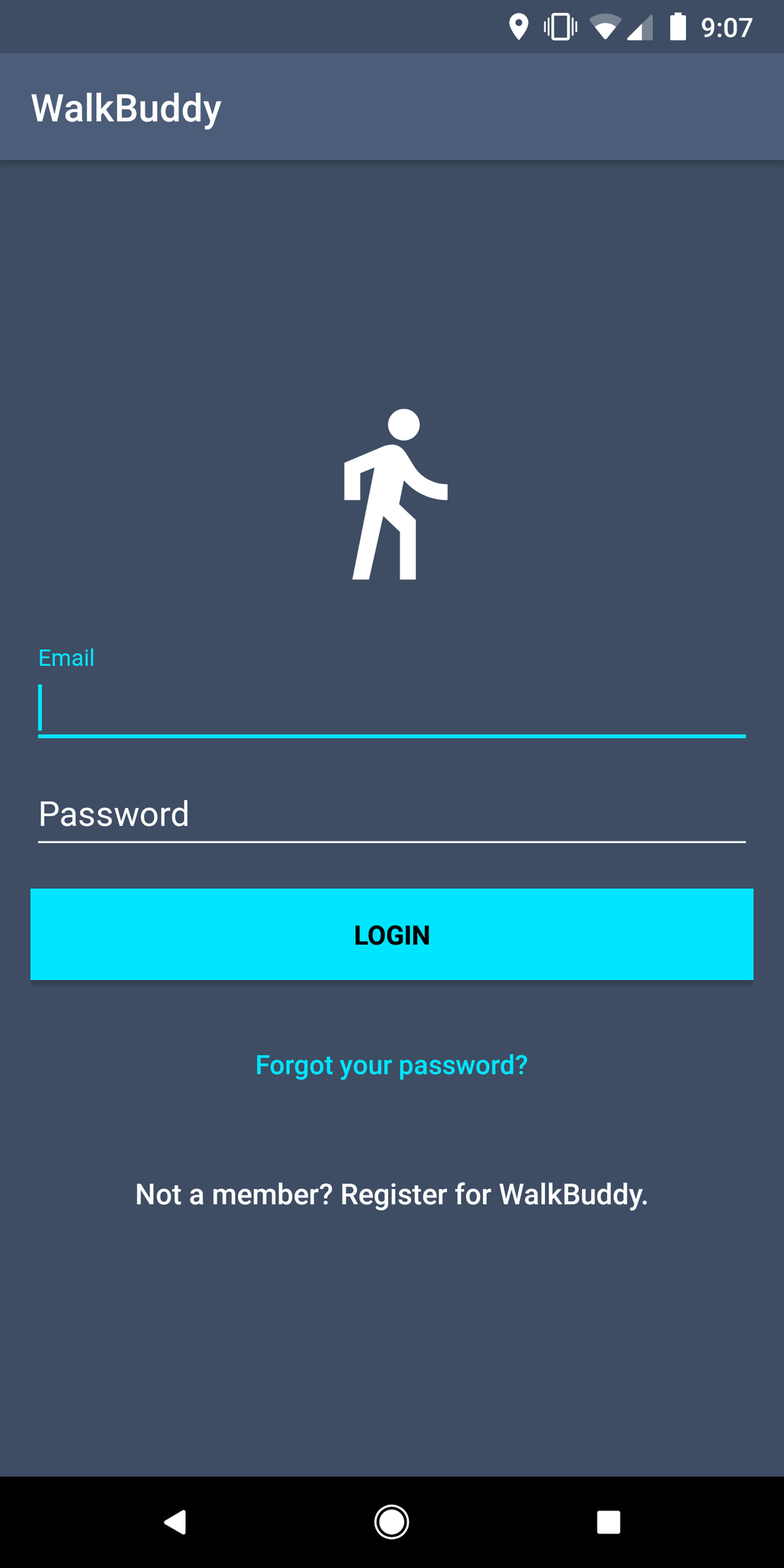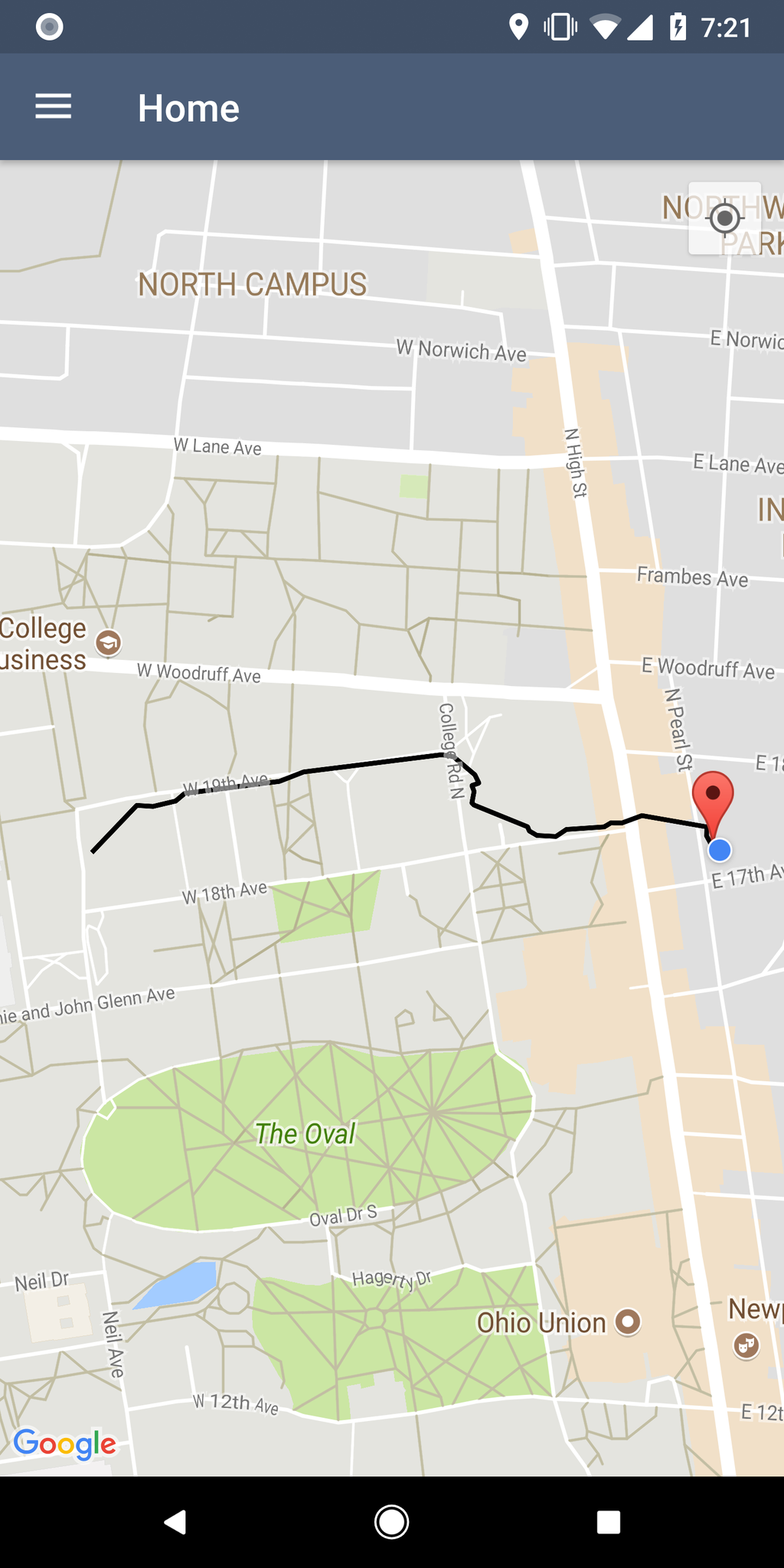Throughout my years in the Ohio State University, I have been part of teams that made wonderful softwares. My projects include: the creatation of 2D Mario Game, an android application called Walkbuddy, and a current work in progress 3D game that manipulates shadow. Aside from team projects, I also have multiple individual projects. One of which is an application that generate curves. These softwares are all available in my Github page for viewing.
A team of 4 people were required to recreate this game. team contributions are all listed in my Github page. Aside from simply recreating the game, we also added new features such as infinite levels, bat powered mario, and new type of enemies. I was mainly in charge of the mario character himself, along with the items that he can interact with. This game was made with MonoGame and written in C#.
This is an original platformer game made with Unity that focuses on 2D. The goal of the game is to manipulate the 3D world with a separate 3D character to essentially change how the shadow is casted onto the wall so that the 2D character may proceed. The game is technically challenging itself as it draws any 3D object inside the game scene into a playable and interactable 2D character on the wall. If the object was moved or altered in 3D, the 2D shadow casted onto the wall would change as well. The screenshots given are only prototypes. The game will be done in April 2018.
Walkbuddy is an android app that is not available on the app store. A team of 2 people, me and my friend created this app so that people may record their journey and know which from first hand experience which route gives you the best efficiency in terms of time. The app utilizes googld Maps, places, and firebase so that every person could create their own account and save their own route.



The application was created to demonstrate how each curve generating algorithm draws a curve. It mainly focuses on the bezier and b-splines curve. Each of those algorithms are implemented twice; once with the normal bernstein polynomial and uniform knot vector, and once more with subdivision algorithm to smooth out the curve.